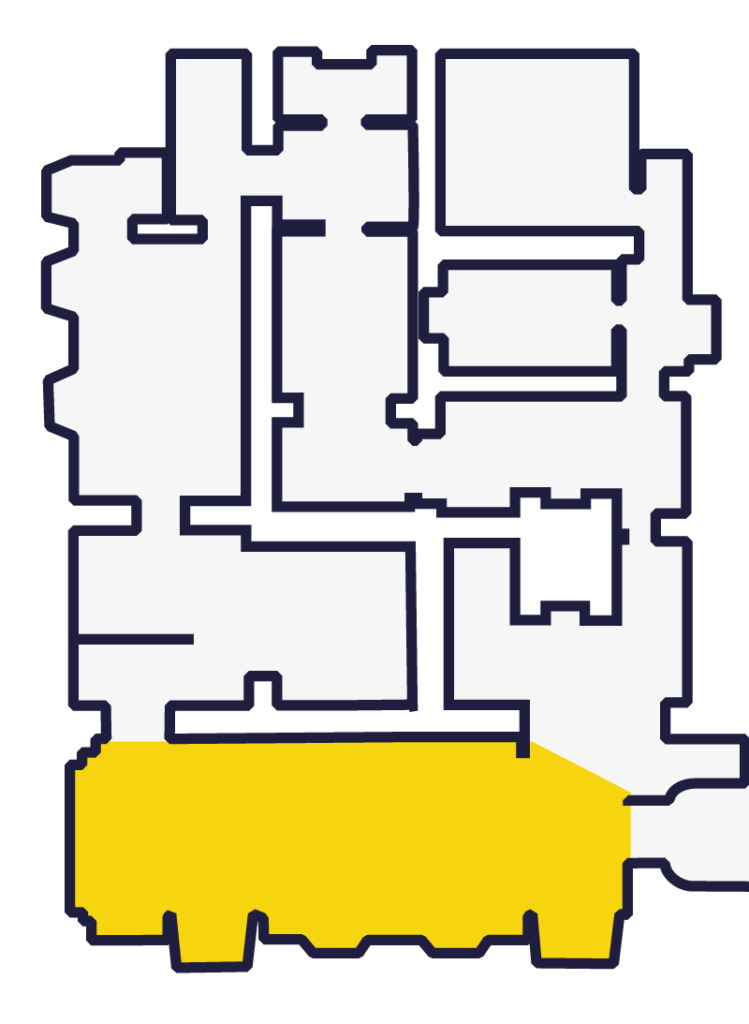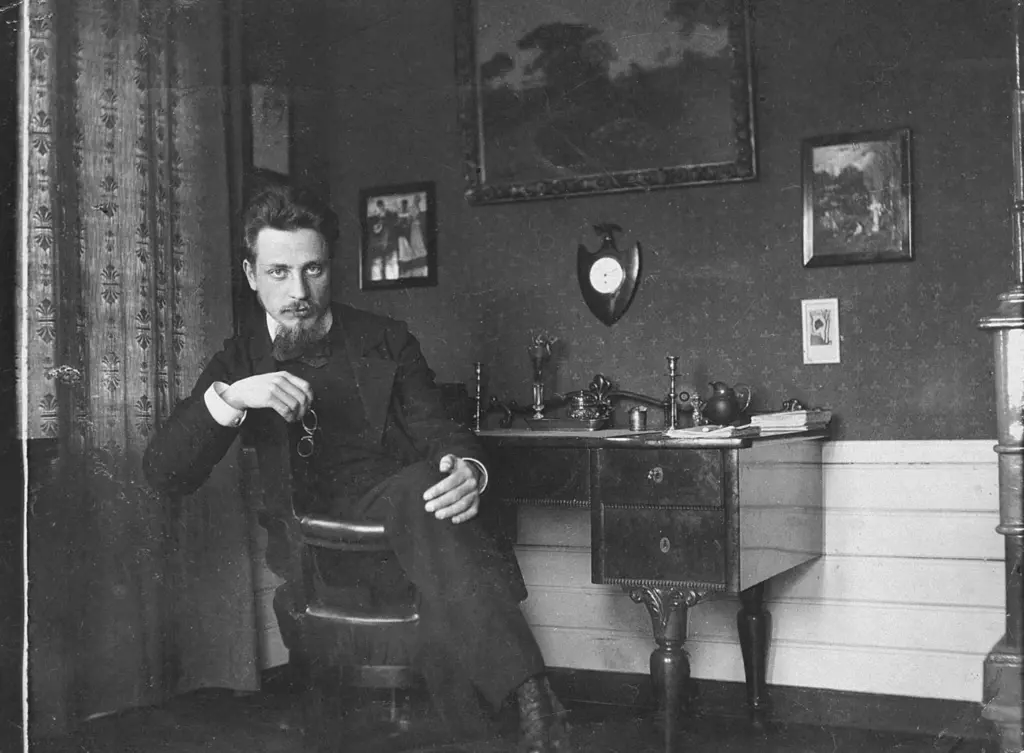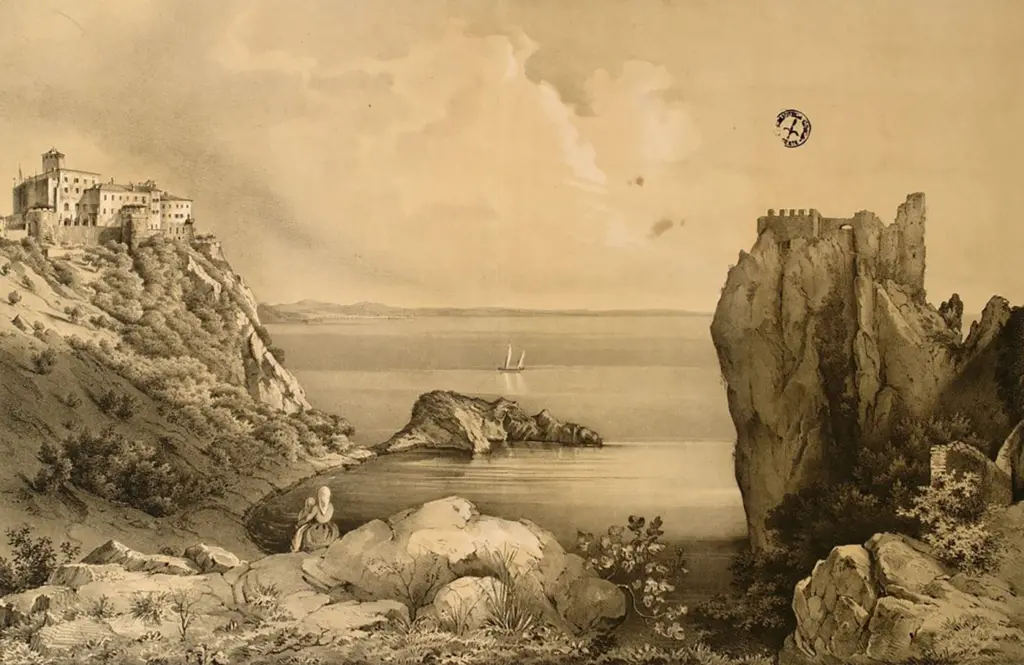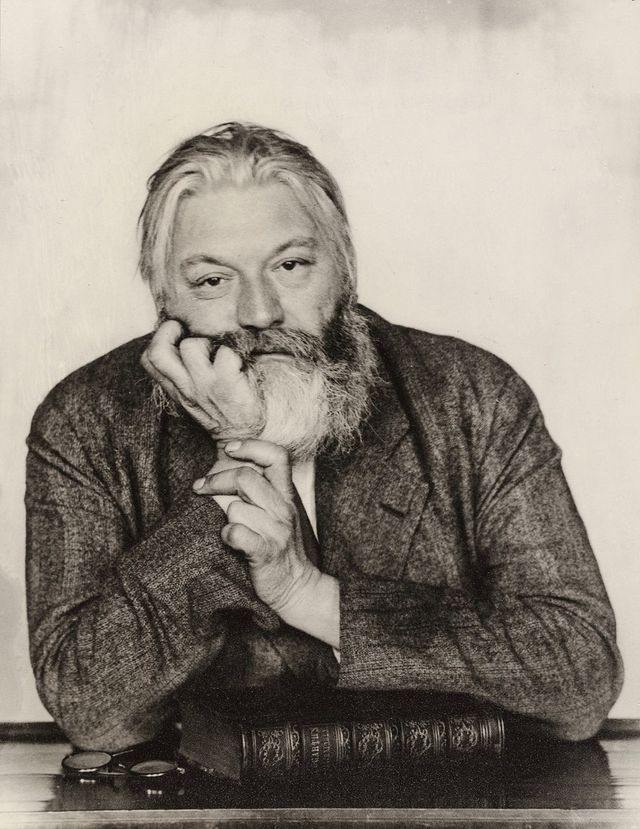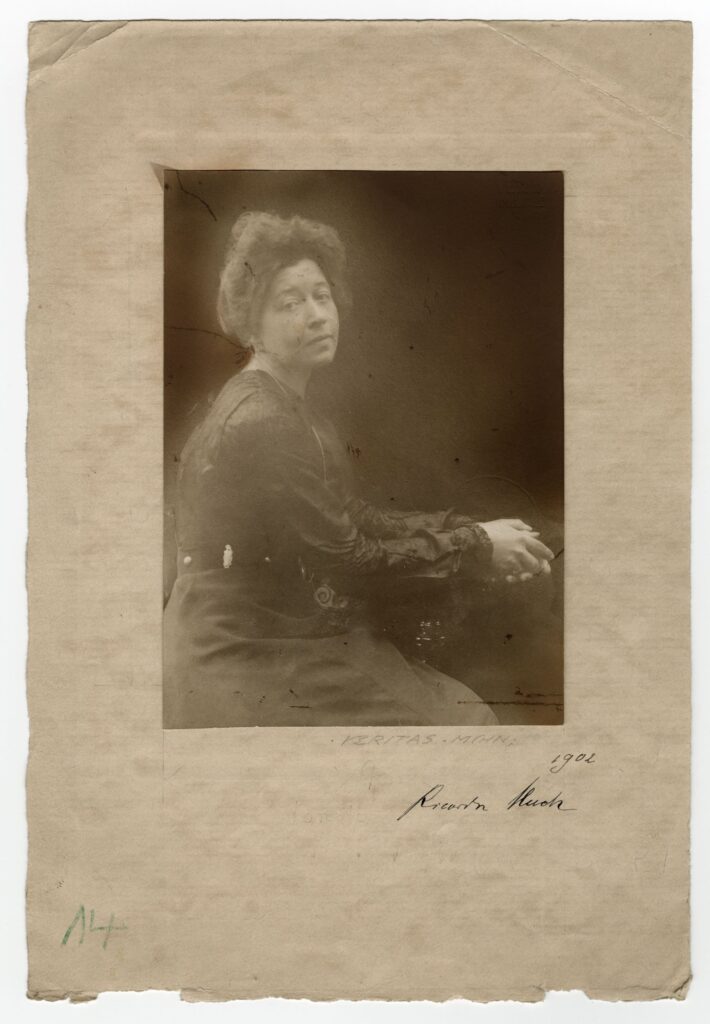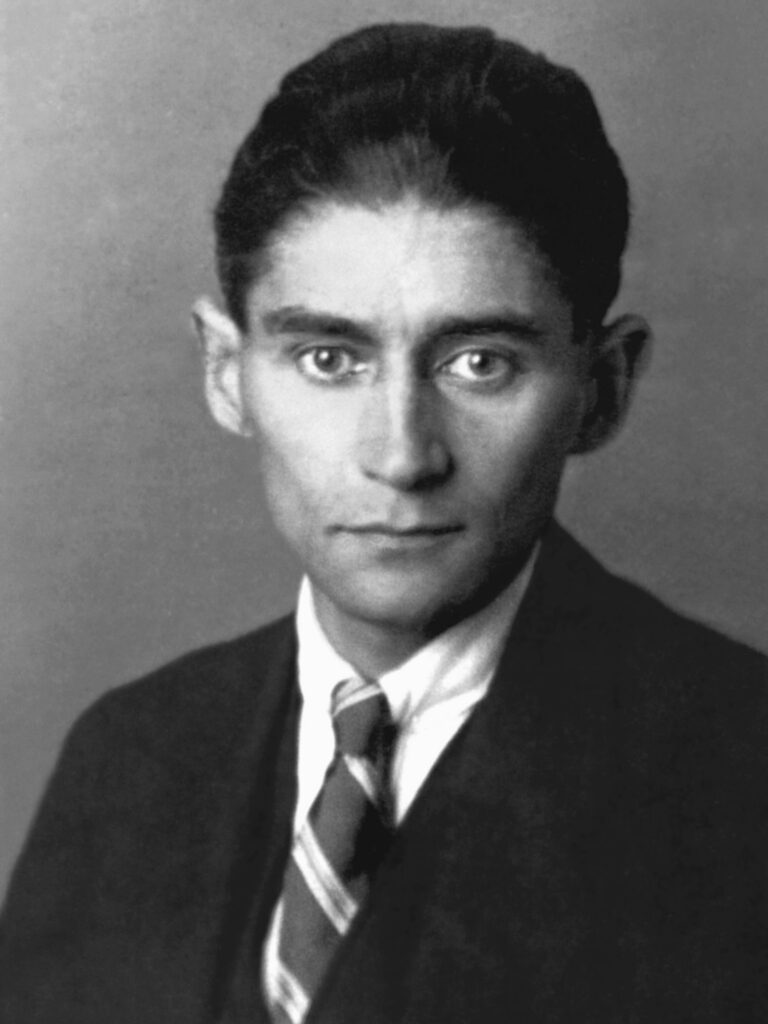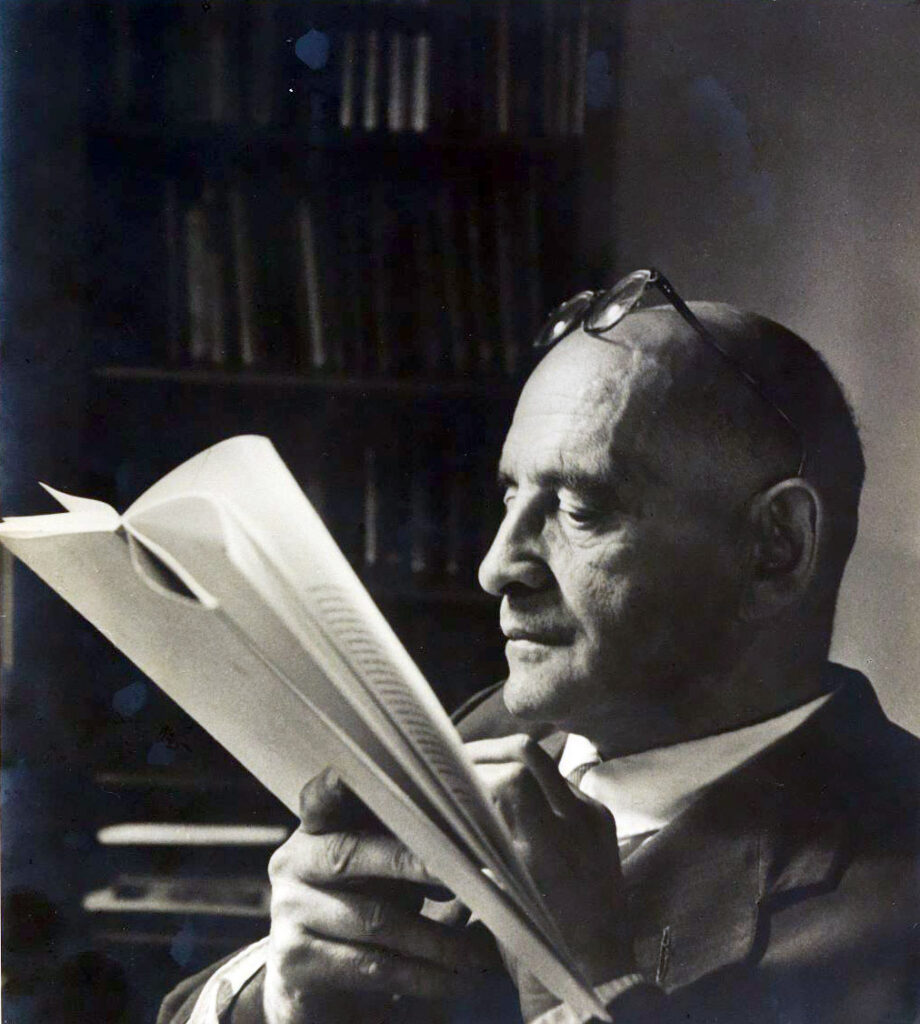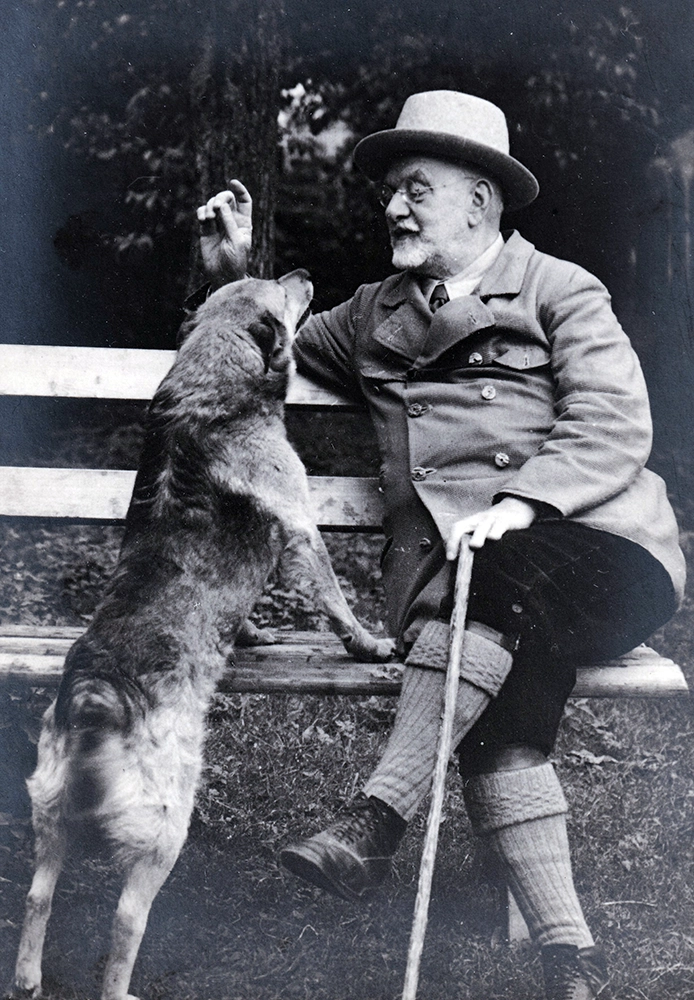Rainer Maria Rilke
A path that bears his name starts from the castle on the cliff, where his masterpiece, the Duino Elegies, took shape.
René Maria Rilke was born in Prague into a family of the German bourgeoisie. After his parents’ divorce, he abandoned the Military Academy to which his father had sent him and went to study in Munich and Berlin. Lou Andreas-Salomè, a writer and psychoanalyst – also loved by Nietzsche and Freud – renamed him Rainer (rein = pure in German). In 1901 he married the sculptor Clara Westhoff, a pupil of Auguste Rodin, from whom he separated after the birth of his daughter Ruth.
Several times between April 1910 and the spring of 1914, Rilke was a guest of Princess Marie Thurn und Taxis at the castle of Duino which inspired his Duineser Elegien (1923). In August 1922 he gave the princess the handwritten manuscript of the work. The correspondence between the princess and the writer continued until the latter’s death and is preserved in the State Archives of Trieste.
Rilke’s vast corpus of poetry is accompanied by his prose work. Die Aufzeichnungen des Malte Laurids Brigge have a poet as their protagonist: “For poems aren’t, as people think, feelings (one has those early enough); they’re experiences. To write a single line of verse one must see many cities, people, things, one must know animals, one must feel birds flying and know the movements flowers make as they open up in the morning.”
The Italo-Svevi
Germanic triestini, triestini German, German speakers in Trieste and triestini in Germany
Theodor Däubler
Perfectly bilingual, and brought up between Trieste, Venice and Vienna, Däubler always used the German language in his literature. In Florence he came into contact with Tuscan futurism without embracing its poetics. A extensive traveler, his greatest work, the expressionist poem Das Nordlicht, mixes Christian and pagan elements, classical Mediterranean and Nordic culture, influences of Western philosophy and Eastern thought.
Ricarda Huch
Huch graduated in philosophy and philology from Zurich, and was librarian and teacher. In 1897 she married an Italian and moved to Trieste, where she wrote the novel Vicolo del Trionfo, set in the Old City. After a tormented and scandalous relationship with her brother-in-law, she returned to Germany and dedicated herself entirely to literature. A great friend of Thomas Mann, in 1933 she resigned from Germany’s Academy of Arts, openly criticizing the Nazi regime for its anti-Semitism.
Franz Kafka and Leo Perutz
Kafka, the Bohemian novelist, author of immortal dream masterpieces characterized by atmospheres that he himself defines as Kafkaesque, was an employee of the Assicurazioni Generali in Prague. For a certain period he seemed destined for the Trieste office, a fate reserved instead for his colleague, Leo Perutz, from 1907 to 1908. His novels and short stories are defined as historic-fantastic due to the co-presence of both inspirational threads.
Rudolf Baumbach e Julius Kugy
A botanist, poet and mountaineer Rudolph Baumbach spent fifteen years in Trieste. In love with the Karst and its wines, which he celebrated in verse, his name is linked above all to the poem Zlatorog which recounts the legend of the white chamois with golden horns that lives on Mount Triglav and binds together three peoples: the Slovenes, Friulans and Austrians. Julius Kugy, his student, dedicated his life to the exploration of the Julian Alps which he described in many literary works.

